The wonderful story of Music in Sri Lanka
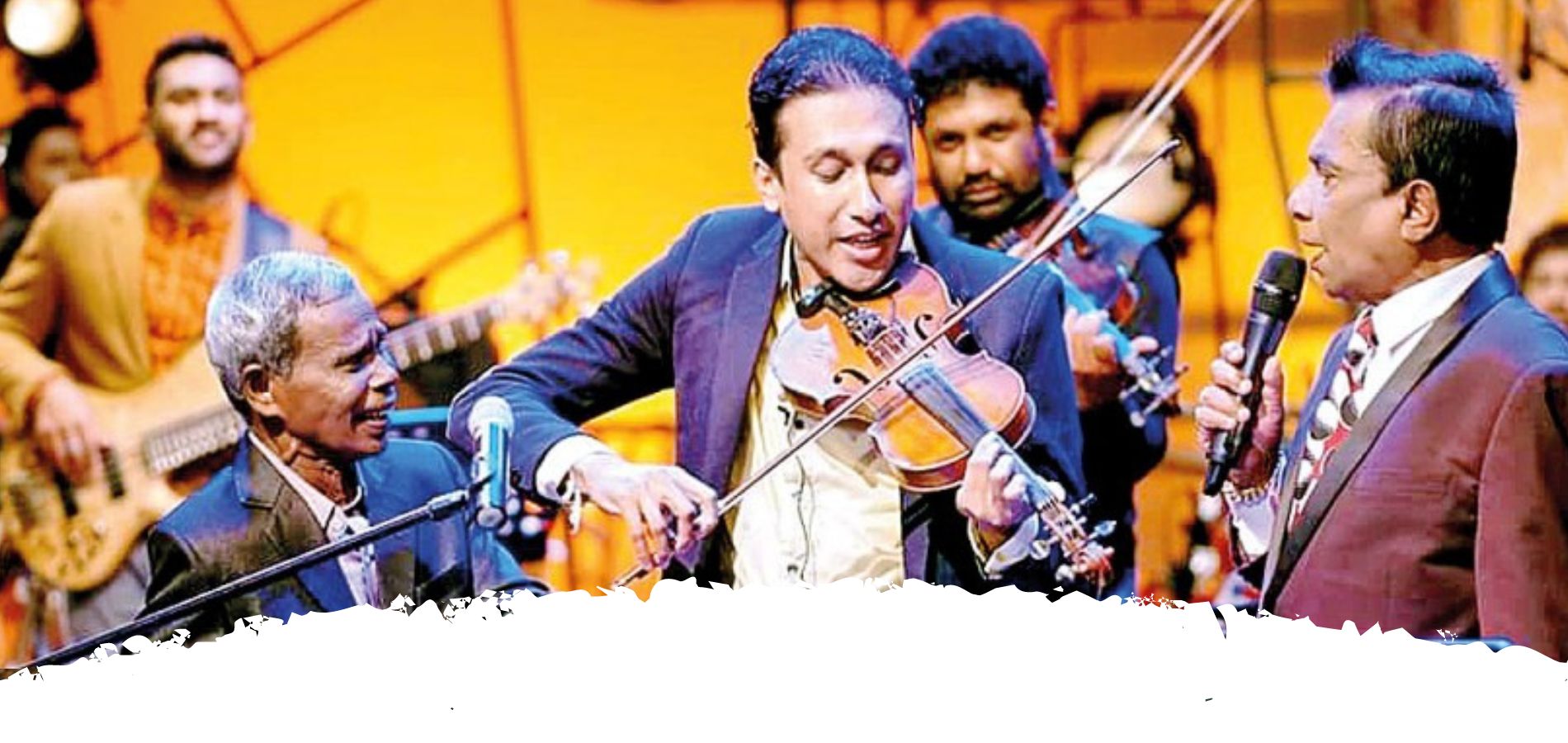
South Asia’s art and culture, particularly in Sri Lanka, are valued for their unique heritage and identity. Music, particularly drama, dance, and music, is a top priority in showcasing the country’s unique culture and musical instruments. Traditional instruments like drums, cymbals, and flutes produce gentle rhythms and melodies, creating a lively experience in Sri Lanka’s music. This Sri Lanka travel guide provides insight into the country’s traditional culture and offers a happy Sri Lanka tour.
History of Music in Sri Lanka
The origins music in Sri Lanka may be traced back to the people of the Veddas, and it has influences from native music, folk music, Buddhist religious rites, European colonialism, as well as commercial and historical ceremonies. Ancient films from the island feature a range of musical genres and instruments, both traditional and Western. Western instruments were a legacy of conquerors, whilst traditional instruments have developed from crude hand-made states to appropriately designed and improved states. Three different European areas and traditional roots are combined in the creation of musical instruments in Sri Lanka, displaying the wide variety of musical genres that have developed through time.
Traditional music
The Temple of the Sacred Tooth in Kandy is a traditional music in Sri Lanka venue that showcases drumming, conch shell blowing, and traditional instruments. Sinhalese music existed in ancient Lanka but lost royal patronage due to foreign occupation. The Kandyan Kingdom is the last stronghold to preserve the art of music, and recent revival aims to restore lost foundations and create unique Sinhalese music.
Pageantry
Pageantry is a vibrant musical tradition in Sri Lanka, celebrating traditional and unique music varieties. It transforms awareness of traditional music and instruments, creating a harmonious blend of sounds. The main pageantry in Sri Lanka is the annual Kandy Esala Perahera, a colorful event featuring elegant dances. There are both large and small-scale pageantries, with music being the main focus.
Classical music
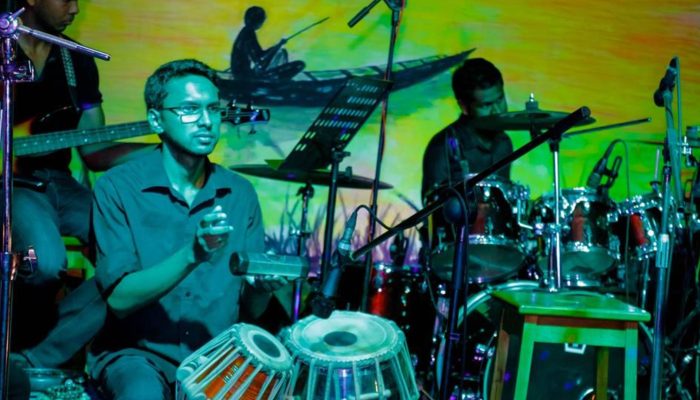
Classical music, a blend of folk, Kolam, Nadagam, and Nurthi music, is a precious and enjoyable experience. Influenced by 18 traditional dances in Sri Lanka, it features animals like elephants, peacocks, monkeys, and horses, making it a prominent Sri Lankan genre that remains popular after decades
Nurthi music
Nurthi music, a stage drama influenced by North Indian music, emerged in Sri Lanka in the late 19th century. Originating from the Sanskrit word ‘Nritya’, the music originated from Don Bastian of Dehiwala, who was inspired by Indian dramas. Nurti is a form of drama where dialogues are delivered musically, making it a significant part of Sri Lankan music.
Kolam and puppetry
Open-air dramas presented during festivals and gatherings are where Sri Lanka’s dramatic music culture, which includes Kolam, Sokari, and Nadagam, has its origins. Ancient musical performances like kolam and puppetry amused Sri Lankans by making fun of societal norms and political happenings. These kinds of entertainment were the main ones before movies and television, and they were influenced by music, dance, and theater from southern and northern India. These classic styles may still be heard in modern radio programs, plays, popular music, and cinema music in Sri Lanka.
Sinhala Light Music
Ananda Samarakone introduced light music to Sri Lanka, creating the Sri Lankan National Anthem. Sunil Santha introduced his own light music, incorporating folk, kolam, Nadagam, and Noorthy music. Pandit Amaradeva contributed to its development into a unique Sri Lankan style. The music has various subgenres, including temple paintings and carvings featuring various animals. Sri Lankan music artists adopted light music from India, creating unique pieces in their homes.
Q & A
01. What is Sri Lanka’s traditional musical instrument?
(Ravanahatha) an ancient bowed instrument is the first violin in history, made from coconut, goat hide, and bamboo.
02. Why is traditional music important?
Traditional music represents history, traditions, community thoughts, and spiritual activities, enhancing understanding of a country.
03. What is traditional music called?
Folk music is part of a four-type schema: primitive, elite, folk, and popular. It is often referred to as traditional music but is often used as a descriptive term.


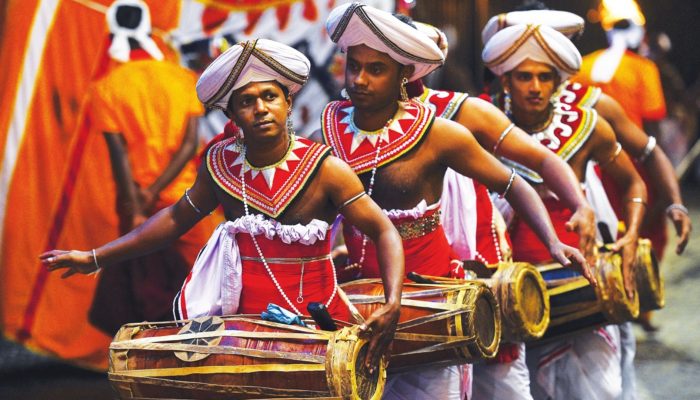
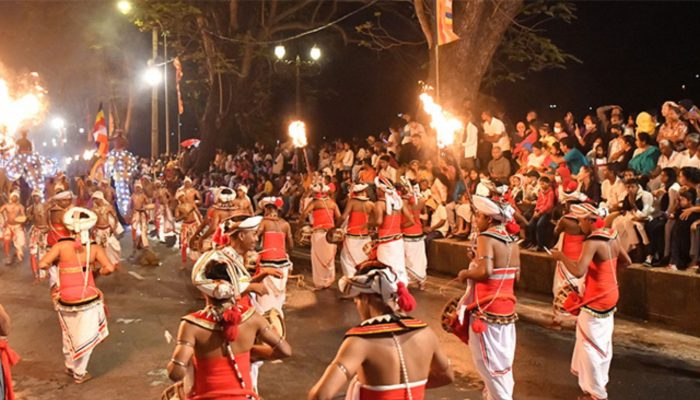
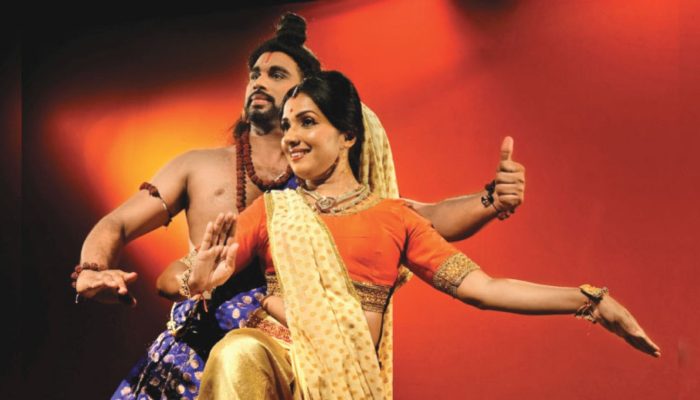
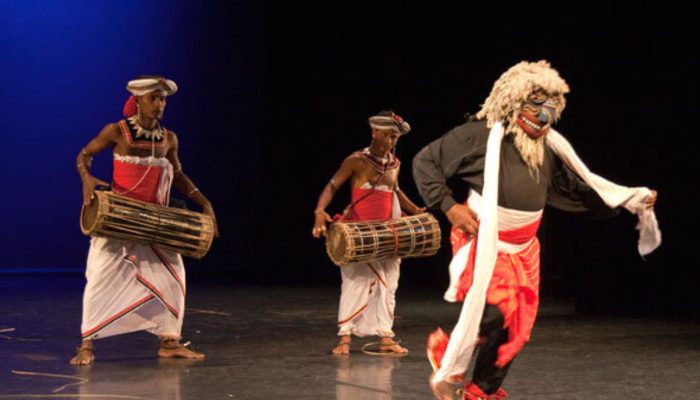
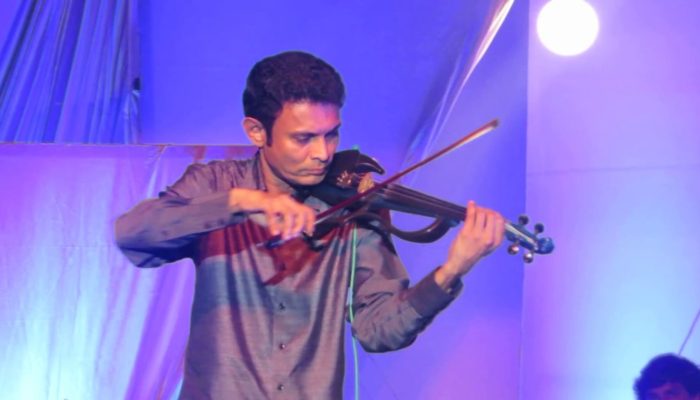


Comment (0)